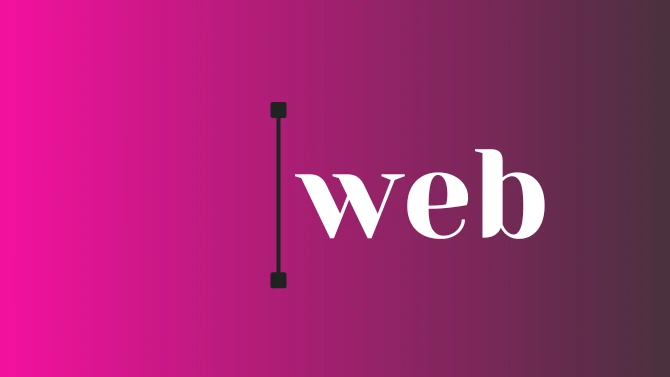Set a minimum password length of 12 characters.

Web Application Security: Passwords Checklist is a guide to enforcing strong password policy and security best practices with your applications.
Web applications require multiple layers of security and passwords still play an important role when securing your web application.
Web Application Security: Passwords Checklist
Require users to set passwords to a complexity match which at least has all of the following criteria: Uppercase, Lowercase, Numbers, and Symbols.
When storing password at rest, use strong one-way hashing algorithm/scheme along with a randomly generated salt per password.
Verify that the password registered or updated by my users aren’t using a password found in the top 1,000 (or 10,000) breached passwords.
NOTES:
– Don’t force users to periodically rotate/change their passwords
– Allow users to paste, use the browsers password helper, and user password managers while using my application
Passwords checklist has been submitted to us by Geekmasher based on the NIST 800-63 standards.
Does the running of your business include several repetitive tasks? If there’s no guidance or procedure in place, it’s possible for some of the steps in the process to get forgotten. This is why checklists are important.
People get distracted, and when something gets forgotten, it’s much harder to recover than if they’d completed the task right in the first place.
Guidance every step of the way makes sure something is completed perfectly every time.
Read More: Why is a Checklist Important?
We all carry enormous knowledge and experience that we want to apply effectively, but we are all prone to make mistakes. There’s only so much we can store in our heads without forgetting something. How to maximise our use of knowledge?
The simple answer to this problem is to use checklists.
How many types of checklists are there? Two. What are the two types of checklists? Read-Do and Do-Confirm checklists are about how you use checklists.
Read More: Types of checklist: What are the two most powerful Checklist Types?
A checklist is a way to document each step needed to complete a task. A detailed set of instructions, a guide of how something is done.
Checklist software allows you to document every step of a process to be used over and over again.
Read More: Checklist Software